Search Images
Browse Content
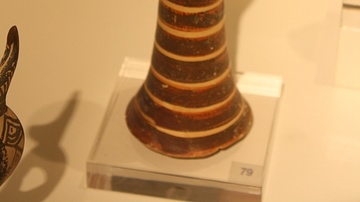
Image
Mycenaean Goddess
Terracotta figure of a goddess, Medea. Tiryns, 13th century BCE.
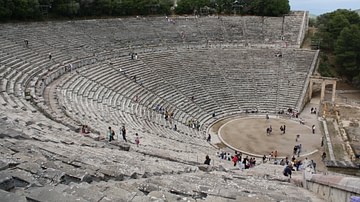
Image
Seating of the Theatre of Epidaurus
The theatre of Epidaurus was first built in the 4th century BCE and is possibly the best preserved ancient Greek theatre. Extensions were made in the 2nd century BCE taking its capacity to 12,000.
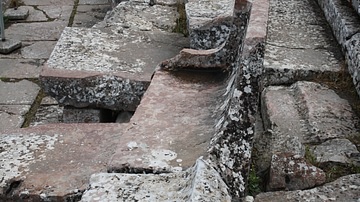
Image
Backed Seat, Theatre of Epidaurus
A detail of a seat with back for dignitaries made of reddish stone, present in the front rows of each tier. (3rd century BCE).
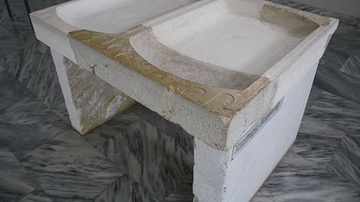
Image
Sacrificial Table, Nemea
Restored stone table on which were placed the sacrificial offerings to the Gods in Greek religious practice. One tray was for the 'Epidaurian Gods' (Apollo & Esklepios), the other for Zeus. (c. 300 BCE). Nemea Archaeological Museum.
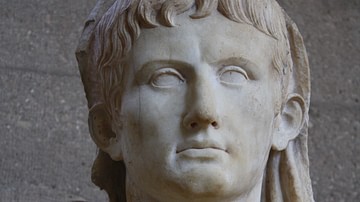
Image
Augustus as Pontifex Maximus (Detail)
Marble statue of Emperor Augustus (27 BC-34 CE) dressed in his role as the high priest Pontifex Maximus, Corinth Archeological Museum.
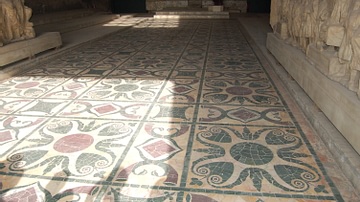
Image
Floor of the Curia
Detail of the mosaic floor of the Curia. Just inside the doors of the Curia in the Forum Romanum.
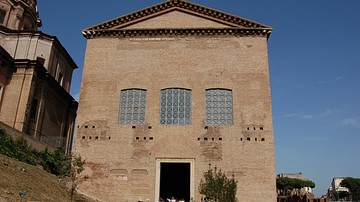
Image
The Curia
The Curia. The meeting house of the Senate of Rome. The present building was begun by Julius Caesar in 44 BCE and later completed and dedicated by Augustus Caesar around 29 BCE. The building was rebuilt around 238 CE by Diocletian.
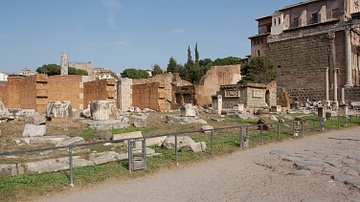
Image
Basilica Aemilia
The remains of the Basilica Aemilia. Originally built in 179 BC by the consuls Marcus Aemilius Lepidus and Marcus Fulvius Nobilor. The basilica was destroyed in AD 410 when the Visigoths sacked Rome.
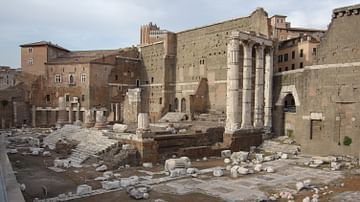
Image
Forum of Augustus
The remains of the Forum of Augustus. Built by Caesar Augustus after his victory at Actium (probably around 20 BCE after the negotiated return of the standards lost by Marcus Licinius Crassus to the Parthians) it was built along with a temple...
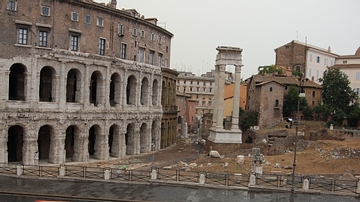
Image
Theater of Marcellus
The remains of the Theater of Marcellus & Temple of Apollo Sosianus. The theater, started by Julius Caesar and completed by Caesar Augustus it was the largest theater in Rome seating an estimated 14,000+ people